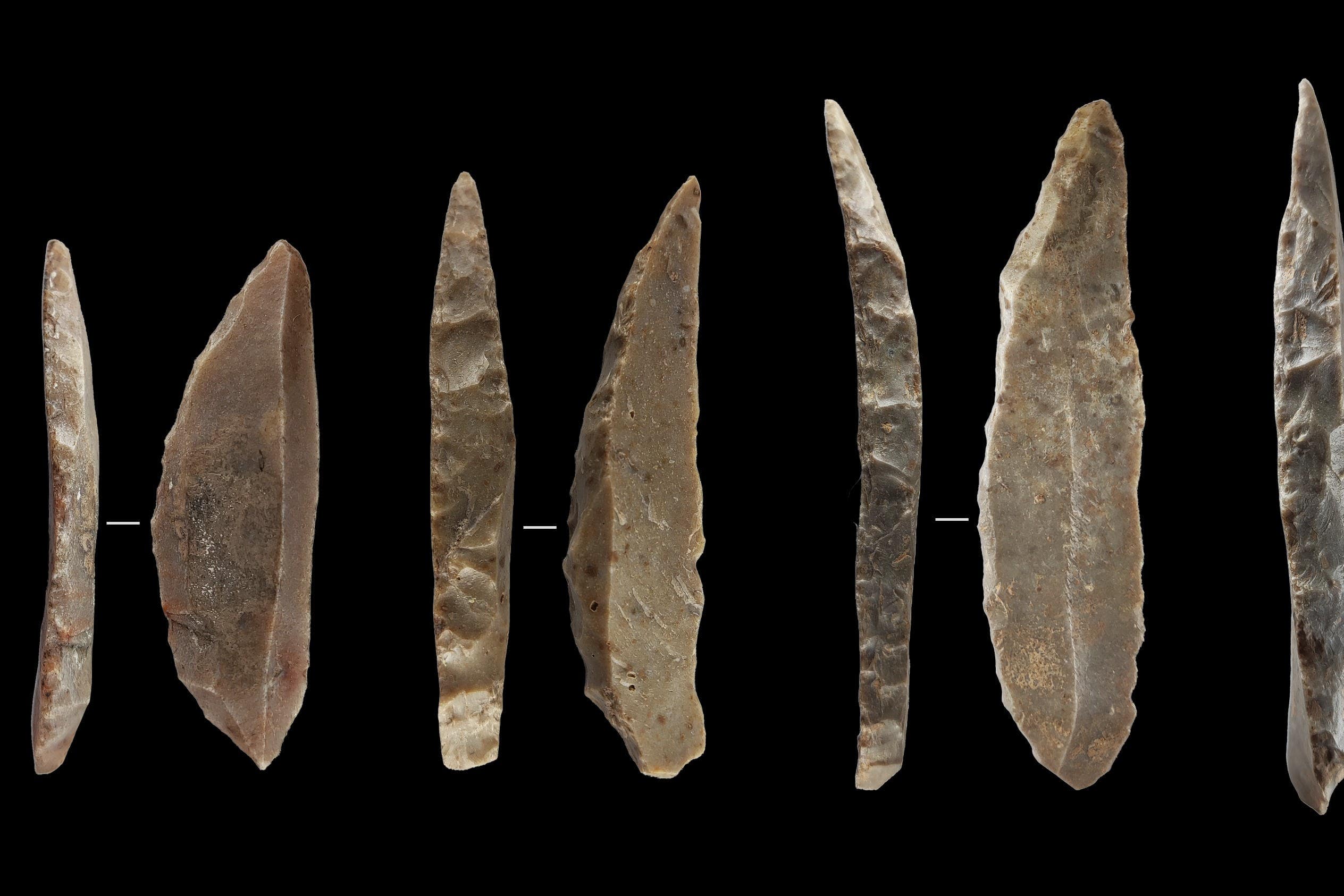Research sheds light on modern humans and Neanderthals co-existing in France
It is not yet known whether the two species interacted with each other.

Your support helps us to tell the story
From reproductive rights to climate change to Big Tech, The Independent is on the ground when the story is developing. Whether it's investigating the financials of Elon Musk's pro-Trump PAC or producing our latest documentary, 'The A Word', which shines a light on the American women fighting for reproductive rights, we know how important it is to parse out the facts from the messaging.
At such a critical moment in US history, we need reporters on the ground. Your donation allows us to keep sending journalists to speak to both sides of the story.
The Independent is trusted by Americans across the entire political spectrum. And unlike many other quality news outlets, we choose not to lock Americans out of our reporting and analysis with paywalls. We believe quality journalism should be available to everyone, paid for by those who can afford it.
Your support makes all the difference.Modern humans and Neanderthals may have co-existed in France and northern Spain for between 1,400 and 2,900 years before Neanderthals disappeared, a new study suggests.
Researchers say the findings add to their understanding of the existence of the two species of humans in this region.
However, it is not yet known whether the two species interacted with each other.
Whether or not this co-existence featured some form of direct interaction, however, remains to be resolved
Recent fossil evidence indicates modern humans (Homo sapiens) and Neanderthals (Homo neanderthalensis) may have co-existed in Europe for as long as 5,000 to 6,000 years before Neanderthals became extinct.
However, there is currently little evidence at a regional level and it is difficult to establish when the two species first appeared and disappeared in these areas.
Writing in the Scientific Reports journal, the researchers, based in Leiden University, The Netherlands and the University of Cambridge, say: “The results suggest that the onset of the Homo sapiens’ occupation of this region likely preceded the extinction of Neanderthals and the Chatelperronian by up to 1,400 to 2,900 years.”
They add: “Whether or not this co-existence featured some form of direct interaction, however, remains to be resolved.”
Igor Djakovic and colleagues analysed data from 56 Neanderthal and modern human artefacts such as distinctive stone knives – 28 for each group – from 17 archaeological sites across France and northern Spain, as well as an additional 10 Neanderthal specimens from the same region.
Based on modelling, they estimate that Neanderthal artefacts first appeared between 45,343 and 44,248 years ago, and disappeared between 39,894 and 39,798 years ago.
Based on directly-dated Neanderthal remains, the date of Neanderthal extinction was between 40,870 and 40,457 years ago.
Experts estimate that modern humans first appeared between 42,653 and 42,269 years ago.
Therefore, the authors conclude this suggests the two species of humans co-existed in these regions for between 1,400 and 2,900 years.